How to Use Generative AI in Customer Service Workflows
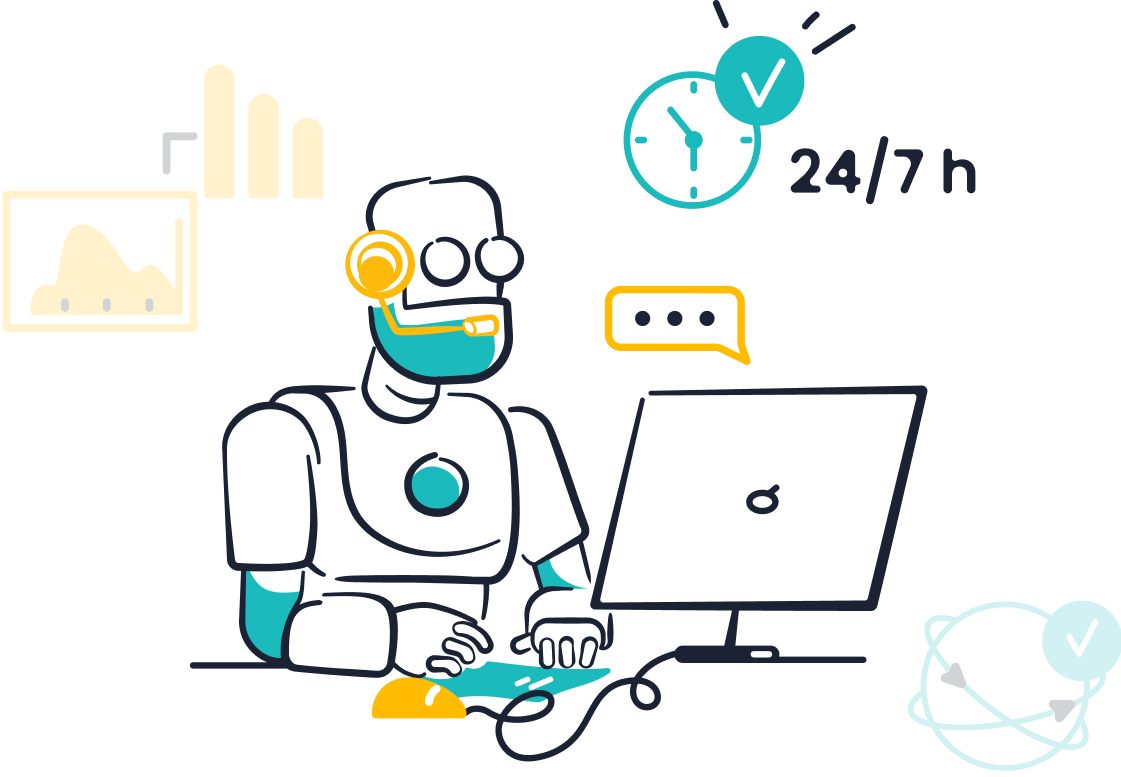
Generative AI in customer support transforms how you approach customer service by automating tasks, analyzing feedback, and delivering personalized experiences. For example, companies like Octopus Energy use conversational AI to handle workloads equal to 250 agents, boosting satisfaction. With 80% of businesses adopting AI chatbots by 2025, tools like Sobot enhance efficiency and redefine support workflows.
Benefits of Generative AI in Customer Support
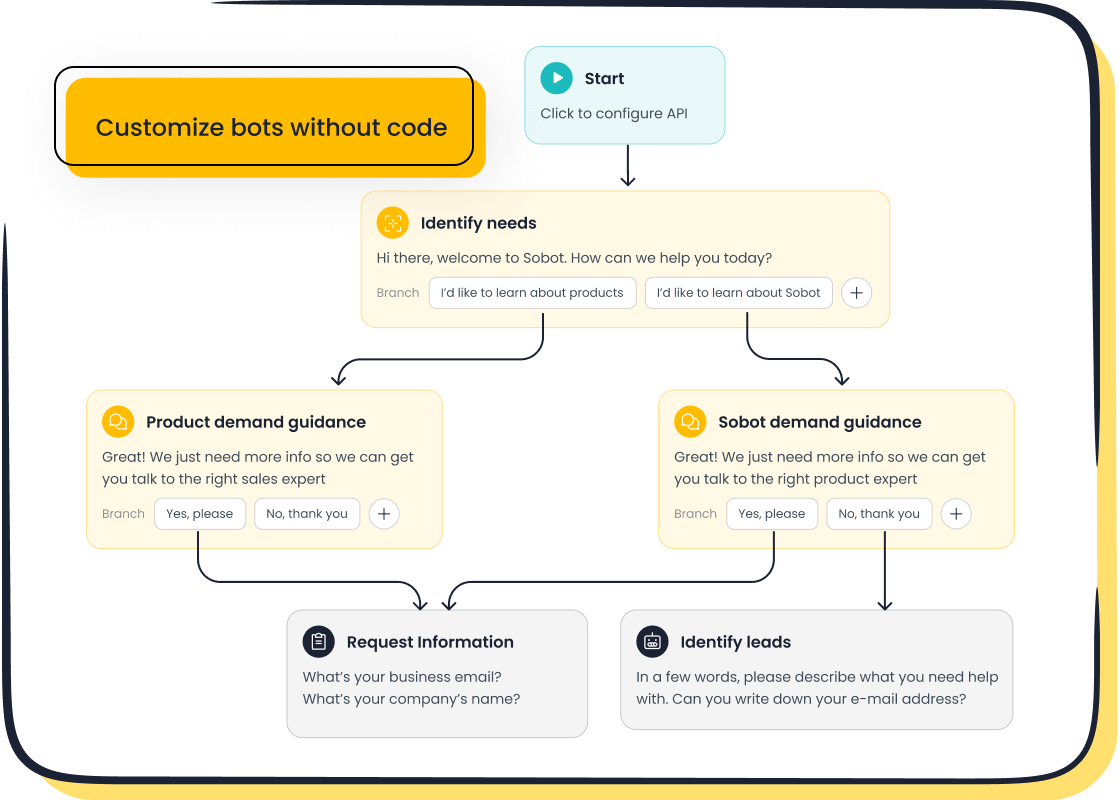
Enhanced efficiency and faster response times
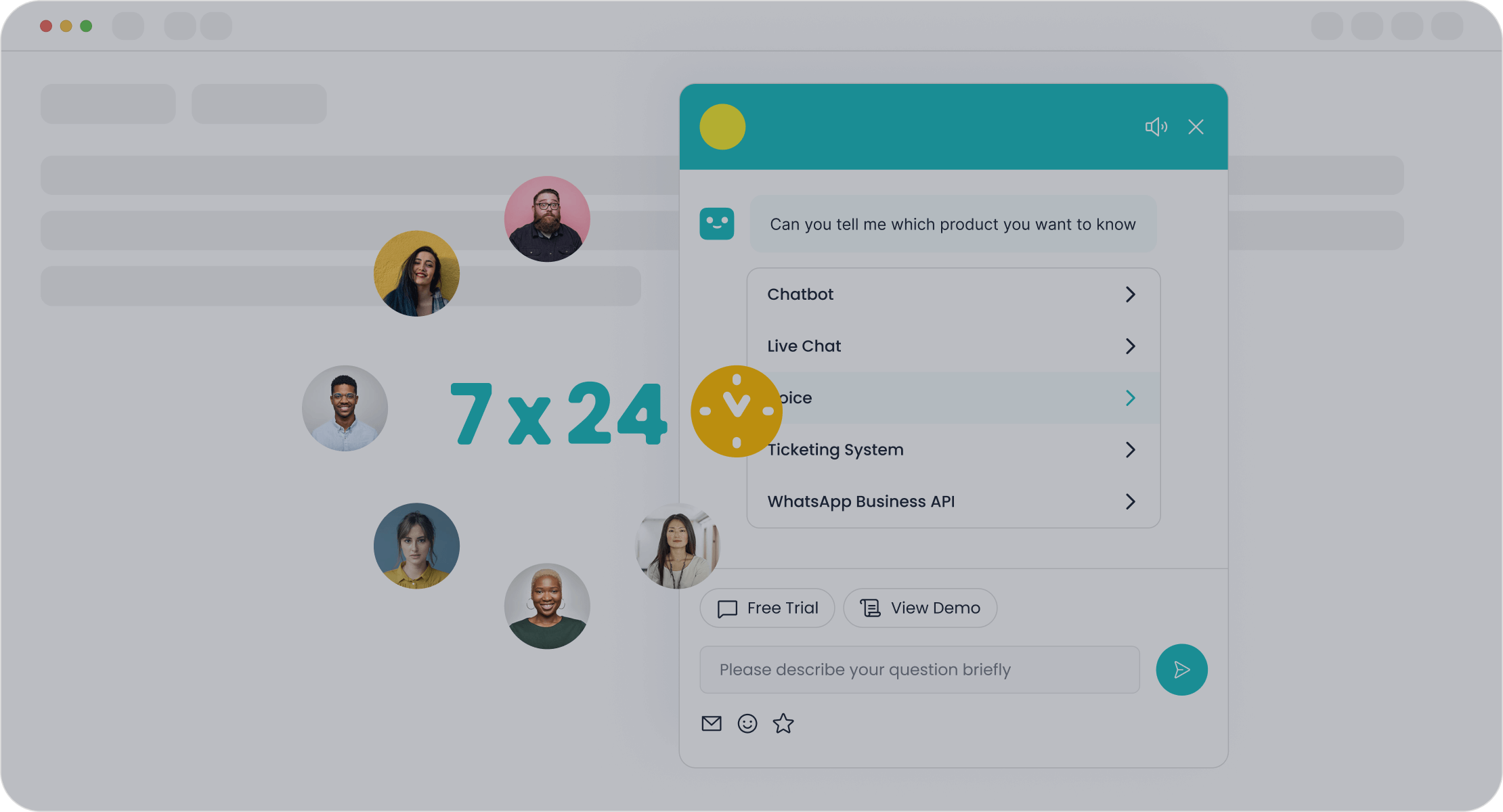
Generative AI in customer support significantly improves efficiency by automating repetitive tasks and providing instant responses. For example, AI-powered chatbots like Sobot's Chatbot can handle common queries autonomously, reducing the workload on human agents. This allows your team to focus on complex issues, improving overall productivity by up to 70%.
Data from Siemens’ Amberg Electronics Plant shows a 37% increase in overall equipment effectiveness and a 42% reduction in quality deviations after implementing AI solutions. These improvements translate directly to faster response times and better service quality. Additionally, AI tools can analyze customer inquiries in real time, ensuring that customers receive accurate answers without delays.
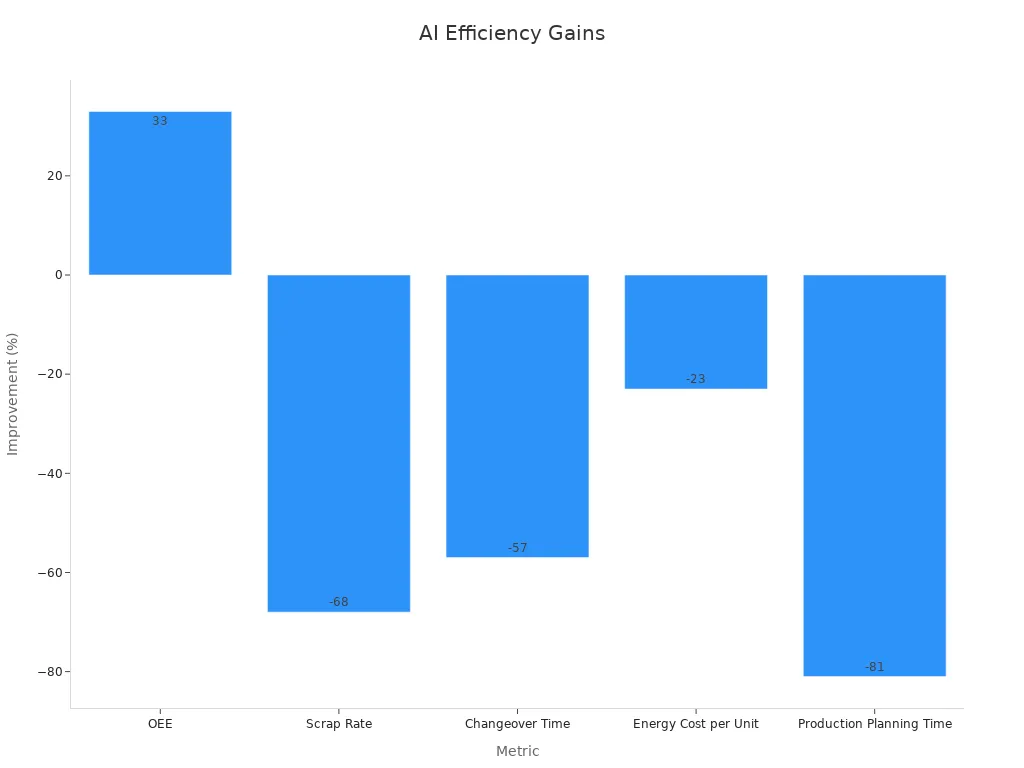
Cost savings through automation

Generative AI reduces operational costs by automating tasks that would otherwise require human intervention. Tools like Sobot's Chatbot operate 24/7, triaging customer inquiries and saving up to 50% on labor costs. By automating processes such as ticket routing and email responses, businesses can lower training expenses and minimize errors.
For instance, calculating the number of hours saved by automation and multiplying it by the average labor cost reveals significant savings. AI also reduces rework costs by improving accuracy, ensuring that fewer mistakes occur during customer interactions. These cost reductions make generative AI an essential investment for modern customer service teams.
Improved customer satisfaction and personalization
Generative AI enhances customer satisfaction by delivering personalized experiences. AI tools analyze customer data to tailor responses, creating interactions that feel more human. For example, Sobot's Chatbot uses a knowledge base to provide accurate, context-aware answers, boosting customer engagement and loyalty.
Metrics like Net Promoter Score (NPS) highlight the impact of AI on customer satisfaction. Surveys show a 10-point increase in NPS for businesses using generative AI, reflecting improved loyalty and trust. Additionally, AI enables first-contact resolution, ensuring that customers leave interactions with their issues fully addressed.
Scalability for high-volume customer interactions
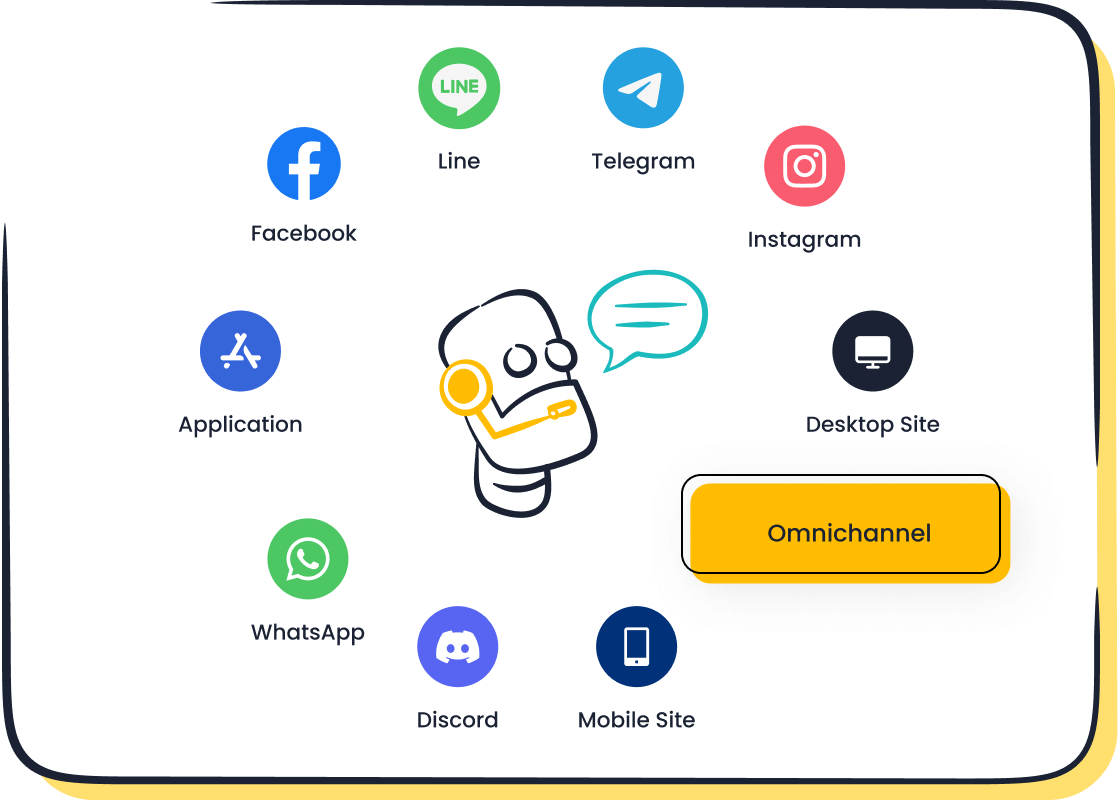
Generative AI scales effortlessly to handle high volumes of customer inquiries. Solutions like Teneo.ai manage over 10 million monthly interactions for enterprise clients, maintaining sub-second response times. Similarly, Sobot's omnichannel solutions integrate AI-driven automation to manage multiple communication channels, ensuring seamless service during peak periods.
A telecom company reported a 60–80% reduction in reliance on call center agents after adopting AI, with improved response times and ROI realized within the first year. This scalability ensures that your customer service operations remain efficient, even during high-demand periods.
Step-by-Step Guide to Integrating Generative AI in Customer Service
Define clear goals and objectives for AI integration
Start by identifying what you want to achieve with generative AI in customer service. Do you aim to reduce response times, improve customer satisfaction, or lower operational costs? Clear objectives help you measure success and guide your AI business integration strategy. For example, Bain & Company reports that companies excelling in customer experience see revenue growth of 4%-8% above their market. This highlights the importance of aligning AI goals with broader business objectives.
Consider setting measurable targets, such as increasing first-contact resolution rates or reducing average resolution times. Tools like Sobot's Chatbot can help achieve these goals by automating routine inquiries and providing 24/7 support. Defining objectives ensures your AI implementation delivers tangible benefits.
Analyze existing customer service workflows and identify gaps
Evaluate your current workflows to pinpoint inefficiencies. Are customers waiting too long for responses? Are agents overwhelmed with repetitive tasks? Identifying these gaps helps you understand where generative AI can make the most impact. For instance, 84% of executives use AI to improve customer communication, focusing on faster information delivery and reduced wait times.
Mapping workflows also reveals opportunities for automation. Sobot's omnichannel solutions integrate AI-driven automation across platforms like WhatsApp and email, ensuring seamless communication. By analyzing workflows, you can prioritize areas where AI can enhance efficiency and customer satisfaction.

Select the right generative AI tools, such as Sobot's Chatbot
Choosing the right tools is crucial for successful AI business integration. Look for solutions that align with your goals and offer features like multilingual support, omnichannel capabilities, and ease of use. Sobot's Chatbot, for example, operates 24/7 and requires no coding for setup, making it ideal for businesses of all sizes.
Consider tools that provide analytics to track performance. Early adopters of generative AI report revenue increases of 34% and improvements in ratings of 40%. Selecting the right tools ensures your AI implementation delivers measurable results.
Train AI models with relevant customer service data
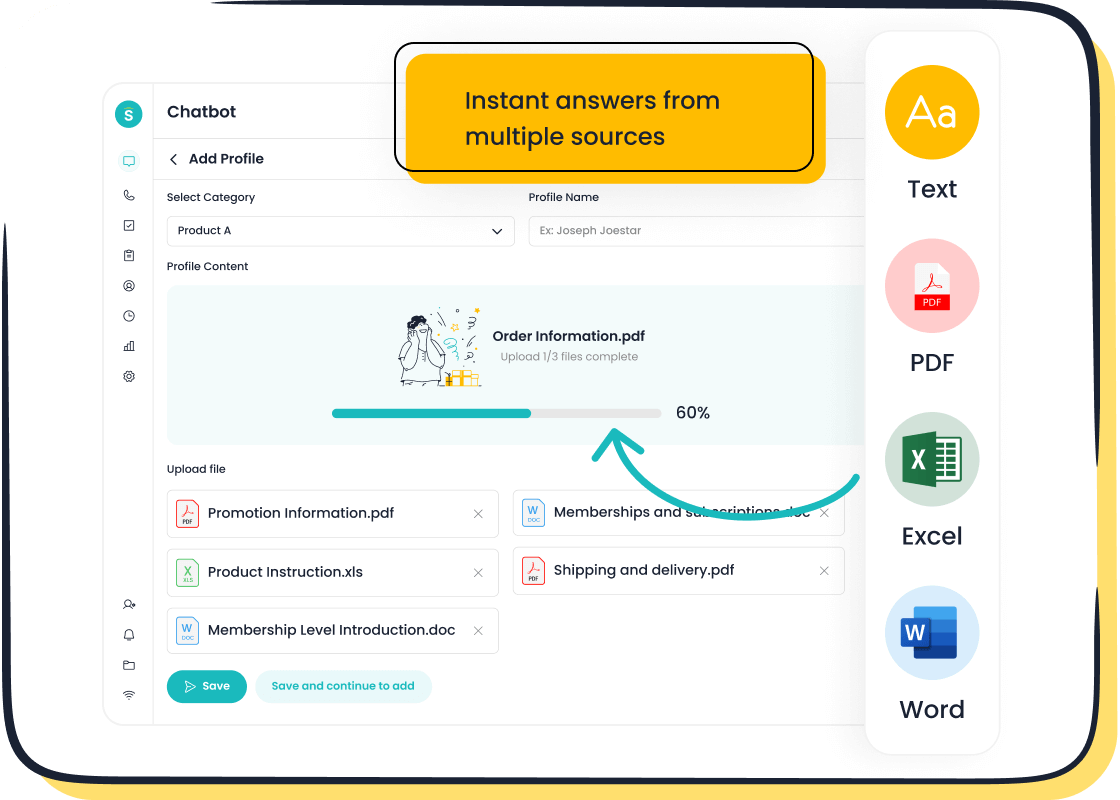
Training your AI with accurate and comprehensive data ensures it performs effectively. Use historical customer interactions, FAQs, and knowledge bases to build a robust training dataset. Sobot's Chatbot leverages a knowledge base created from articles, PDFs, and text snippets, enabling it to provide instant, context-aware responses.
Focus on data quality to avoid errors. High-quality training data improves resolution rates and customer satisfaction. For example, businesses integrating generative AI report improved consumer service (69%) and streamlined workflows (54%). Proper training ensures your AI delivers reliable and personalized support.
Test AI solutions in a controlled environment
Before full implementation, test your AI in a controlled setting to evaluate its performance. Monitor metrics like resolution rates, average resolution times, and customer satisfaction scores. Use pilot projects to identify areas for improvement. For example, a telecom company reduced reliance on call center agents by 60–80% after testing AI solutions.
Testing also helps you refine workflows. Sobot's solutions offer analytics to track performance and optimize configurations. Controlled testing ensures your AI meets expectations and integrates seamlessly into your customer service operations.
Implement AI into workflows and monitor performance
Once testing is complete, integrate AI into your workflows and continuously monitor its performance. Use metrics like cost savings, agent productivity, and self-service adoption rates to measure success. The table below outlines key metrics to track:
| Metric | Description |
|---|---|
| Cost Savings | Evaluate if generative AI reduces costs associated with traditional workflows. |
| Agent Productivity | Measure the time saved by employees due to AI deflecting routine inquiries. |
| Resolution Rates | Track the percentage of issues resolved by AI without human intervention. |
| Self-Service Adoption | Monitor how often customers utilize the AI. |
| Average Resolution Time | Measure the time it takes for the AI to resolve an issue. |
| First Contact Resolution | Track the percentage of issues addressed during the initial interaction with AI. |
| Customer Satisfaction Surveys | Gauge customer sentiment through surveys like Net Promoter Score (NPS). |
Sobot's solutions provide real-time analytics to help you monitor these metrics and refine your AI implementation. Continuous monitoring ensures your AI adapts to changing customer needs and delivers consistent results.
Practical Applications of Generative AI in Customer Service

AI-powered chatbots like Sobot's Chatbot for 24/7 support
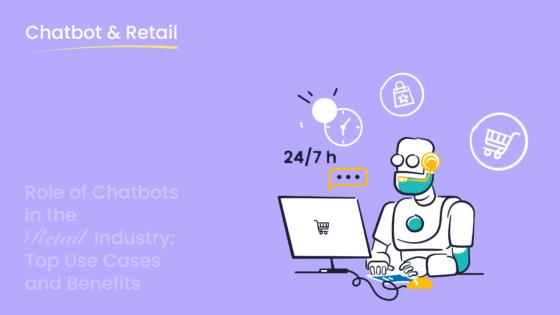
AI chatbots have revolutionized customer service by providing round-the-clock support. Tools like Sobot's Chatbot handle repetitive queries autonomously, ensuring customers receive instant responses at any time of day. This reduces the workload on human agents and allows them to focus on complex issues. For example, Sobot's Chatbot operates across multiple channels, including WhatsApp and SMS, offering seamless communication.
The effectiveness of AI chatbots is evident in the following metrics:
| Metric | Value |
|---|---|
| Reduction in inbound discussion volume | 20% |
| Positive feedback rate | Over 96% |
| Customer satisfaction score (CSAT) | 97% |
| Autonomous answers to customer questions | 22.2% |
| Correctness of answers | Over 80% |
| Customer satisfaction with answers | 95% |
These numbers highlight how AI chatbots improve efficiency and enhance customer satisfaction. By integrating Sobot's Chatbot, you can ensure your customer service remains responsive and effective, even during peak hours.
Sentiment analysis to understand customer emotions
Understanding customer emotions is crucial for delivering exceptional service. Sentiment analysis uses AI to evaluate the tone and emotion behind customer messages. This helps you identify dissatisfaction early and take corrective action. For instance, real-time sentiment analysis dashboards allow you to monitor customer feedback and adjust your approach instantly.
The impact of sentiment analysis is significant:
| Insight | Description |
|---|---|
| Insight #1 | 83% of software companies implementing sentiment analysis tools report significant improvements in customer satisfaction metrics within the first year of deployment. |
| Insight #5 | Software interfaces designed using sentiment analysis feedback demonstrate a 42% higher user engagement rate and 31% lower abandonment rate compared to traditionally designed interfaces. |
| Insight #8 | Companies that implement real-time sentiment analysis dashboards for product teams reduce negative user sentiment by 34% within six months compared to traditional feedback processing methods. |
By leveraging sentiment analysis, you can create a more empathetic and responsive customer service experience, fostering loyalty and trust.
Automated email and ticket responses
Generative AI streamlines email and ticket management, reducing response times and improving accuracy. AI-powered systems like Sobot's ticketing solution categorize and prioritize inquiries automatically. This ensures that urgent issues receive immediate attention while routine queries are resolved efficiently.
Key benefits of automated email and ticket responses include:
- Resolution times reduced from weeks to hours.
- Agent efficiency increased by up to 400%.
- Near-perfect customer satisfaction ratings (CSAT).
- 24/7 multilingual support without additional staffing.
Additionally, AI systems minimize manual errors and agent conflicts by automating ticket generation and categorization. This ensures a smoother workflow and enhances the overall customer service experience.
Training customer service agents with AI-generated scenarios
Generative AI also plays a vital role in training customer service agents. AI can create realistic scenarios based on historical data, allowing agents to practice handling various customer interactions. These simulations prepare your team for real-world challenges, improving their problem-solving skills and confidence.
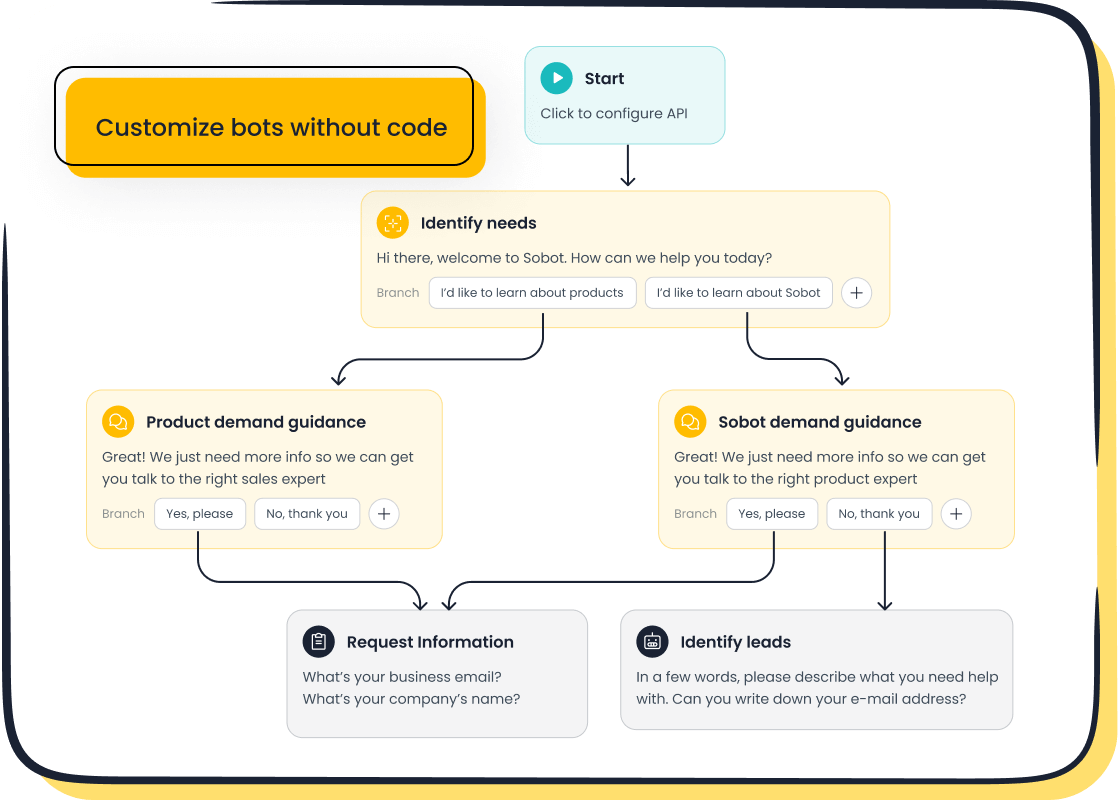
For example, Sobot's solutions use AI to analyze past interactions and generate training modules tailored to your business needs. This approach ensures that agents are well-equipped to handle complex inquiries. By investing in AI-driven training, you can build a more competent and efficient customer service team.
Overcoming Challenges in Generative AI Integration
Addressing ethical concerns and data privacy
When integrating generative AI into customer service, ethical concerns and data privacy often become significant challenges. You must ensure that customer data remains secure and private. Risks like re-identification of anonymized data can compromise privacy. Additionally, private entities controlling sensitive information may raise ethical questions. Improved regulatory frameworks are essential to protect customer trust and prevent misuse of data. By adopting robust encryption methods and adhering to compliance standards, you can safeguard customer information effectively.
Training staff to work alongside AI tools
Your team plays a crucial role in the success of generative AI in customer service. Training staff to collaborate with AI tools ensures smooth operations. Employees need to understand how AI functions and how to use it to enhance their workflows. For example, you can provide hands-on training sessions where agents learn to handle AI-generated insights. This approach builds confidence and helps your team focus on tasks requiring human empathy and creativity. A well-trained team ensures that AI complements, rather than replaces, human efforts.
Ensuring seamless integration with existing customer service workflows
Integrating AI into your current customer service workflows requires careful planning. Start by mapping out your existing processes. Identify areas where AI can automate repetitive tasks, such as ticket routing or answering FAQs. Tools like Sobot's Chatbot can integrate seamlessly with platforms like WhatsApp and email, ensuring consistent communication across channels. Testing the integration in a controlled environment helps you identify potential issues and refine the system. A smooth integration process minimizes disruptions and enhances overall efficiency.
Monitoring and refining AI performance over time
Once implemented, monitoring your AI system is crucial for long-term success. Track metrics like resolution rates, customer satisfaction, and response times to evaluate performance. Regularly update your AI models with new data to improve accuracy and relevance. For example, Sobot's solutions provide analytics that helps you identify areas for improvement. Continuous refinement ensures that your AI adapts to changing customer needs and maintains high service quality. By staying proactive, you can maximize the benefits of generative AI in customer service.
Actionable Tips for Successful Generative AI Integration
Start small with pilot projects
Starting with pilot projects allows you to test generative AI in a controlled environment before scaling. Focus on areas where AI can deliver measurable value, such as automating repetitive tasks or improving response times. Define clear success metrics, like resolution rates or cost savings, to evaluate the pilot's effectiveness. For example, businesses that set concrete KPIs and involve their IT teams from the start often see smoother implementations.
Choose tools like Sobot's Chatbot, which integrates seamlessly with existing platforms and requires no coding. This approach minimizes risks and ensures alignment with your business goals. A well-executed pilot project provides valuable insights, helping you refine your strategy for broader adoption.
Tip: Develop a roadmap outlining goals, timelines, and responsibilities to keep your pilot project on track.
Collaborate with AI experts and vendors like Sobot
Partnering with AI experts ensures you leverage the best practices and technologies. Vendors like Sobot bring specialized knowledge and proven solutions, such as their omnichannel platform, which enhances customer interactions across multiple channels. Collaboration accelerates deployment and improves outcomes.
For instance, in healthcare, AI-driven diagnostics improved accuracy from 70% to 95% when experts guided the integration process. Similarly, Sobot’s expertise helps businesses achieve faster implementation and better results, reducing operational inefficiencies.
Continuously gather feedback from customers and staff
Feedback is essential for refining AI systems. Collect input from both customers and employees to identify areas for improvement. Metrics like ROI, customer satisfaction, and process efficiency validate the impact of AI. For example, companies using AI-driven feedback tools report 21% higher profitability and 30% lower turnover rates.
Use tools like Sobot’s analytics to monitor performance and adjust workflows. Continuous feedback ensures your AI adapts to evolving needs, enhancing both employee and customer experience.
Stay updated on AI advancements and trends
AI evolves rapidly, so staying informed is crucial. Follow industry news, attend webinars, and engage with thought leaders to learn about emerging technologies. Adopting innovations like sentiment analysis or real-time intent detection keeps your customer service competitive.
For example, businesses that integrate the latest AI trends often see higher customer satisfaction and operational efficiency. Staying updated ensures your AI strategy remains effective and future-proof.
Generative AI transforms customer service by improving efficiency, reducing costs, and enhancing satisfaction. Tools like Sobot's Chatbot empower you to automate workflows and deliver personalized support. Start by defining your goals and exploring AI solutions. 🚀 Embrace generative AI today to gain a competitive edge and elevate your customer service experience.
FAQ
How does generative AI improve real-time interactions in customer service?
Generative AI analyzes customer queries instantly and provides accurate responses. It ensures seamless communication across channels, enhancing customer satisfaction during real-time interactions.
Can generative AI handle multilingual customer queries?
Yes, tools like Sobot's Chatbot support multiple languages. They provide accurate responses in the customer's preferred language, ensuring inclusivity and better engagement.
Is coding required to implement generative AI solutions?
No, many AI tools, including Sobot's Chatbot, feature point-and-click interfaces. You can design workflows without coding experience, making implementation simple and accessible.
See Also
Enhancing Efficiency With AI-Driven Customer Service Solutions
Transforming Support Through Innovative AI Customer Service Agents
Navigating the World of AI Software for Call Centers
Increasing E-commerce Satisfaction With Effective Chatbot Solutions
